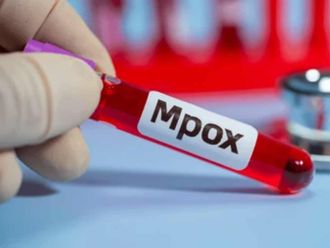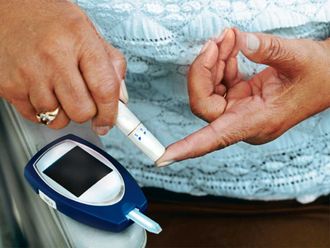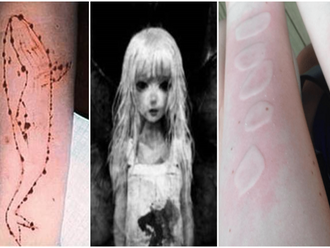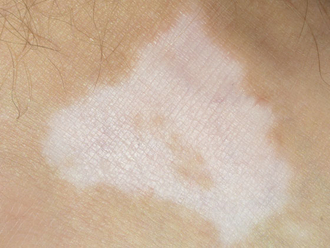London: Surgeons have made medical history by carrying out the world's first full-face transplant.
In the "holy grail of plastic surgery", a young man left unable to breathe, swallow or talk properly by an accident five years ago has had his ravaged face completely replaced.
A handful of partial transplants have been carried out since Isabelle Dinoire had her face repaired by French surgeons in 2005. But until now, no one has had the skill or courage to replace an entire face.
The 24-hour operation involved 30 surgeons, anaesthetists, nurses and other medical experts at the Vall d'Hebron hospital in Barcelona.
The man, who has not been named, received new facial muscles, skin, nose, lips, jaw, teeth, palate and cheekbones. The operation took place on March 20 but details have only just been made public.
The recipient is said to be recovering well and has already glimpsed his new face.
Joan Pere Barret, the hospital's head of plastic surgery, said: "The patient has scars on his forehead and his neck but they will become invisible in the future."
Satisfied patient
"He has seen himself when he told us he wanted to and psychologists said he was ready. It was a week after the operation and he reacted well, saying he was satisfied with the result."
Although the man has been given someone else's face, he will not take on the looks of the donor, who died in a road crash. Instead, his new face will be a hybrid, identical to neither his old one nor the donor's but reminiscent of both.
He is expected to remain in hospital for another two months. Dr Barret said: "Our aim is that in a few weeks, he begins to talk and eat as well as smiling and laughing."
The biggest concern now is that the man's body will reject the transplant. He will have to take powerful immunosuppressant drugs for the rest of his life and faces an increased risk of cancer as a result. The drugs can also trigger other illnesses such as diabetes.
How the remarkable operation was done
STEP 1: The first team works on retrieving the face from the dead donor in a procedure lasting up to four hours. Veins, arteries, skin and subcutaneous fat are taken alongside muscles leading to the lips, cheek and forehead and placed in preservation liquids.
STEP 2: Half-way through this process, once the retrieval team is sure there will be no problems, the patient is prepared for surgery.
STEP 3: The major part of the surgery then begins, involving both the retrieval team and the transplant team. Medics complete repair work on the donor's blood vessels. They then place the donor's nose, cheek and cheekbones, upper and lower jaw, roof of the mouth, face muscles and nerves onto the recipient in a process described by doctors as ‘the point of no return.' They then sew the facial skin on.
STEP 4: Medics adjust the recipient's old and new bones, nerves and muscles to ensure swift and maximum recovery.
STEP 5: Once the operation is complete, the patient will be watched closely and will attend regular appointments with surgeons. It takes a few months for swelling to subside and many more months before feeling and function is restored to the face.












